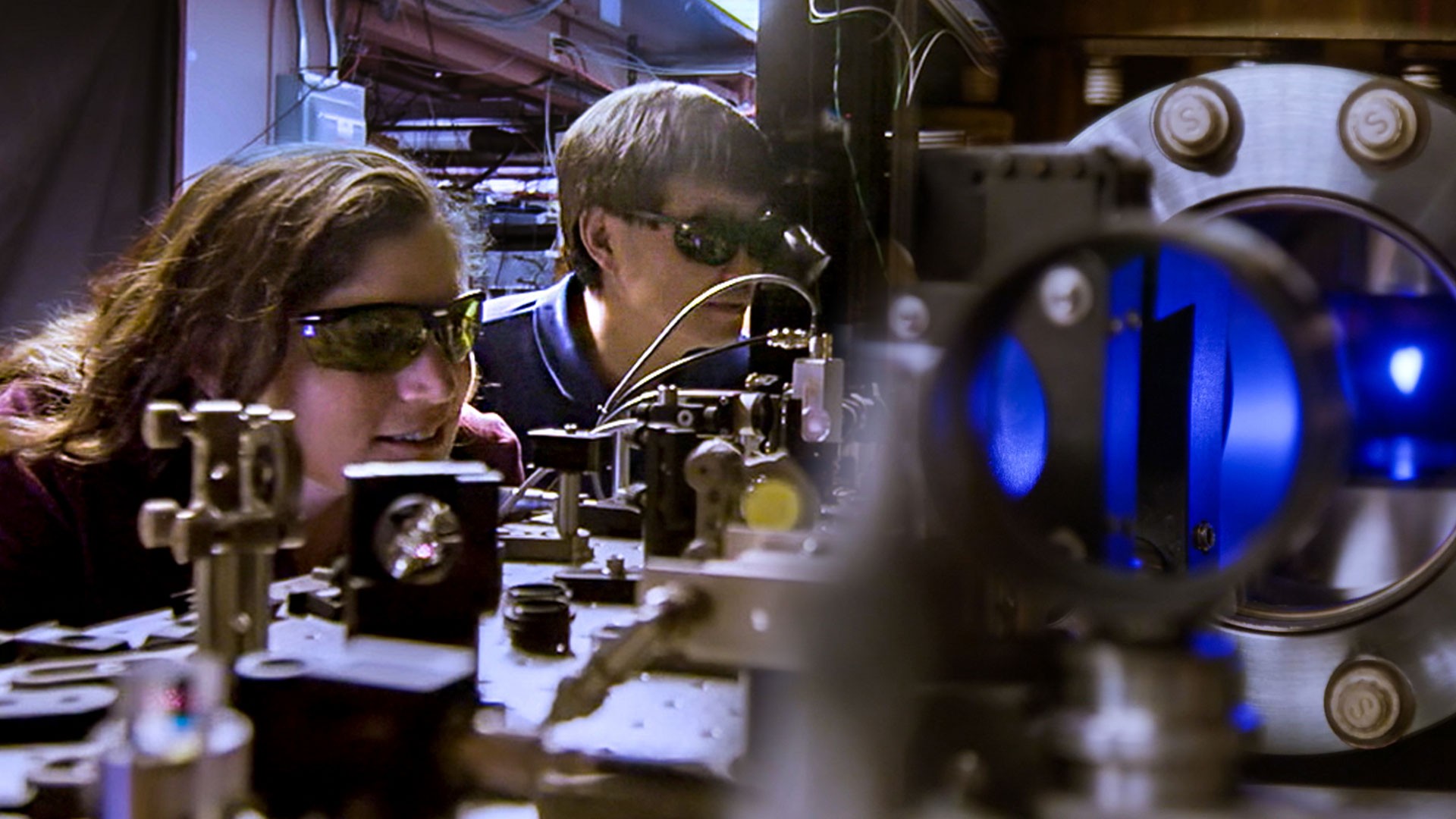CGI image of Le Grand K. Image: Greg L
The definition of a kilogram, a unit roughly equal to 2.2 pounds, has changed forever.Since 1889, the kilogram has been defined by a platinum-iridium alloy cylinder nicknamed Le Grand K, which is located in a triple-locked vault underneath the Pavillon de Breteuil, a building near Paris first unveiled by King Louis XIV in 1672.But on Monday—World Metrology Day—Le Grand K lost its special status as the international prototype kilogram (IPK) and it will no longer represent this base unit of mass to the world.From now on, the kilogram—along with the ampere, kelvin, mole, and candela—will be defined by fundamental physical and atomic properties instead of tangible human-made objects.“The Metric System was envisioned to be ‘for all people for all time,’” said Barry Inglis, president of the International Committee for Weights and Measures, in a statement. “From its outset it sought to ensure long-term stability by defining the units in terms of an internationally agreed ‘constants of nature’ instead of an arbitrary reference.”To that end, the “arbitrary” Le Grand K has been deposed by the Planck constant, a fundamental quantity related to the energy of photons, the elementary particles that make up light. Defined as 6.626 x 10−34 joule-seconds, the constant fixes the kilogram to the speed of light and a temporal unit of measurement—the second.The kilogram is now equal to the weight of 1.4755214 x 1040 photons with frequencies matching a cesium atomic clock. It may sound like a less relatable system of measurement, but what the change loses in familiarity it makes up for in precision. Even though Le Grand K is one of the most carefully protected objects on the planet, it is not immune from physical interactions that can alter its weight. Contact with human handlers—or even just air particles—can add or subtract tiny amounts of the mass from the cylinder, and that functionally changes the value of the kilogram everywhere. In fact, recent measurements of Le Grand K suggest that the prototype has become slightly lighter than its sister copies.By tying the kilogram to the Planck constant, which is based on unchanging natural properties, a much higher degree of metric accuracy can be achieved.Likewise, the ampere will now be defined by the elementary charge of a proton, the kelvin will be based on the Boltzmann constant, the mole will adopt the Avogadro constant, and the candela will be linked to a concept called the photometric spectral luminous efficacy, according to Cosmos Magazine.The new values represent a momentous shift toward a universal metrology, but they won’t have a major impact on the average person buying carrots at the grocery store or checking their weight on a scale.Most of the people who will notice the difference between Le Grand K and the new kilo will be scientists who deal with hyper-precise measurements, such as pharmacologists who must dole out exact doses of medications. The influential physicist Max Planck, for whom the Planck constant is named, also predicted that this shift could help humans communicate with aliens, if the opportunity ever arises."With the help of fundamental constants, we have the possibility of establishing units of length, time, mass, and temperature that necessarily retain their significance for all cultures, even unearthly and human ones," Planck said in 1900.As for Le Grand K, it will remain in its basement home under lock and key.“It is an historic artefact that has been under study for 140 years and will retain a bit of metrological interest even though its mass will no longer define the kilogram,” according to the International Bureau of Weights and Measures.
Contact with human handlers—or even just air particles—can add or subtract tiny amounts of the mass from the cylinder, and that functionally changes the value of the kilogram everywhere. In fact, recent measurements of Le Grand K suggest that the prototype has become slightly lighter than its sister copies.By tying the kilogram to the Planck constant, which is based on unchanging natural properties, a much higher degree of metric accuracy can be achieved.Likewise, the ampere will now be defined by the elementary charge of a proton, the kelvin will be based on the Boltzmann constant, the mole will adopt the Avogadro constant, and the candela will be linked to a concept called the photometric spectral luminous efficacy, according to Cosmos Magazine.The new values represent a momentous shift toward a universal metrology, but they won’t have a major impact on the average person buying carrots at the grocery store or checking their weight on a scale.Most of the people who will notice the difference between Le Grand K and the new kilo will be scientists who deal with hyper-precise measurements, such as pharmacologists who must dole out exact doses of medications. The influential physicist Max Planck, for whom the Planck constant is named, also predicted that this shift could help humans communicate with aliens, if the opportunity ever arises."With the help of fundamental constants, we have the possibility of establishing units of length, time, mass, and temperature that necessarily retain their significance for all cultures, even unearthly and human ones," Planck said in 1900.As for Le Grand K, it will remain in its basement home under lock and key.“It is an historic artefact that has been under study for 140 years and will retain a bit of metrological interest even though its mass will no longer define the kilogram,” according to the International Bureau of Weights and Measures.
Advertisement

Advertisement
